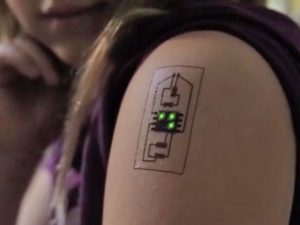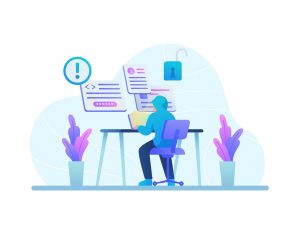
Faculty of Computer and Engineering – The Utilization development of technology is like two blades. On the one hand, it can provide access to information quickly, enabling people to increase their knowledge and create global competitiveness. But on the other hand, it has a negative impact, one of which is on the growth of children.
However, people do not need to worry too much about the negative impact of technology as long as there is understanding and vigilance in utilizing technology.
Education is the foundation of the future, and with the development of technology, the way we learn and teach is changing. The utilization of technology in education has opened the door to more dynamic, affordable and relevant learning. This article will explore the ways in which technology has transformed education and brought us into the 21st century learning era.
Online Learning
One of the ways technology has revolutionized education is through online learning platforms. Students can now access lectures and course materials online, allowing them to study anywhere and anytime. Schools and universities have also taken advantage of online platforms to provide distance programs, opening the doors of education to individuals around the world.
“When the policy of learning from home whose solution is access to distance learning, both online and offline, of course the utilization of this technology is very helpful in learning to students. Rumah belajar as a learning tool that can be used by students, parents and teachers facilitates offline learning and can also be accessed online,” Sri Wahyuningsih said in her presentation.
Adaptive Learning
Technology has enabled the development of adaptive learning systems. This means that learning programs can adjust to the pace and needs of each student. This allows for more efficient and personalized learning.
Interactive Content
The utilization of technology in learning has created interactive content that engages students. Apps, learning videos and educational games allow students to learn while playing. This helps maintain student interest and deepen their understanding.
Global Collaboration
Technology has brought the world closer to the classroom. Students can now collaborate with peers from around the world through online projects and discussions. This allows them to gain insight into different cultures and worldviews.
Active Learning Approach
In a traditional classroom, the teacher is often the leader in the learning process. However, technology has made this change possible. Students can now conduct their own research, create projects and lead discussions. The teacher acts as a facilitator of learning.
Faster Evaluation and Feedback
Technology allows for faster evaluation and feedback. Teachers can use software to assess student performance more efficiently, and students can see the results quickly. This allows for faster improvement in understanding and performance.
Challenges and Opportunities
Although technology has brought many advantages into education, there are challenges that need to be overcome. Accessibility, data security, and digital inequality are some of the issues that are still faced. However, if managed wisely, technology can bring endless educational opportunities.
Conclusion
The utilization of technology in education has brought about significant changes in the way we learn and teach. It is a 21st century educational revolution that continues to evolve. By continuing to explore the potential of technology and overcoming the challenges, we can ensure that all individuals have access to quality and relevant education, leading us towards a smarter future.






